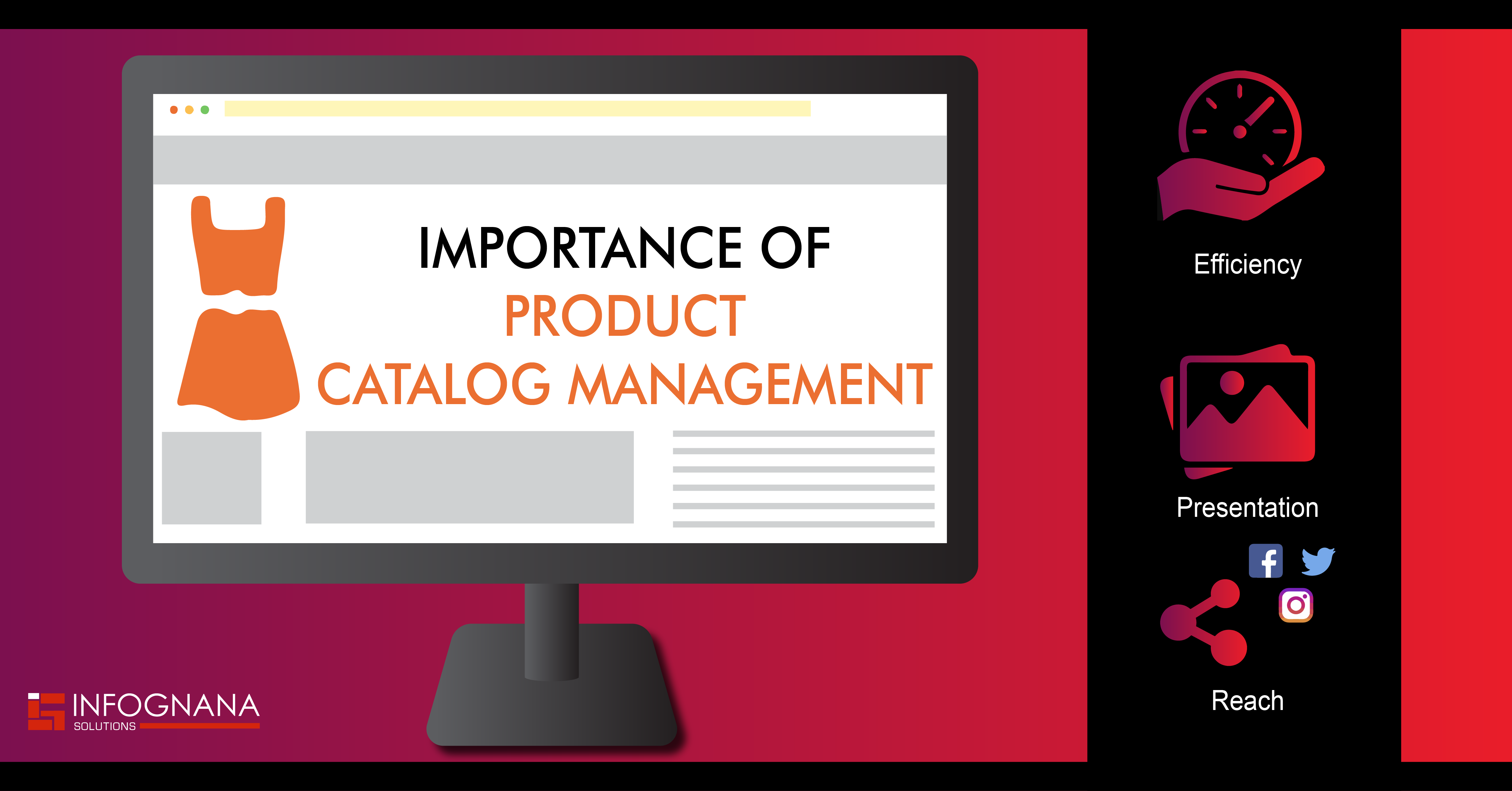Why Your API Gateway Isn’t Just Plumbing – It’s Your Frontline Defense (And Why You’re Probably Screwed Without One)
Look, I’ve sat at tables where the stakes were higher than your entire company’s valuation. I’ve seen players go all-in on a bluff with nothing but air, sweating bullets, hoping the river card saves them. That’s exactly how most businesses treat their third-party integrations right now. They’re gambling with their core data, their customer trust, the very lifeblood of their operation, and they think crossing their fingers is a viable security strategy. Let me tell you something straight: if you’re slinging data to external services – payment processors, CRM systems, analytics platforms, even that fancy new AI chatbot you just bolted on – without a rock-solid API gateway acting as your bouncer, your negotiator, and your damn bodyguard, you are playing poker with your eyes closed. You’re not just risking a bad beat; you’re inviting a full-scale robbery. This isn’t about some theoretical “what if” scenario whispered in a corner of a security conference. This is about the very real, very messy reality where one poorly secured endpoint is all it takes for attackers to waltz right into your house, help themselves to the silverware, and maybe torch the place on the way out. Ignoring the security of your API gateway for third-party connections is like leaving the vault door wide open in the middle of the Bellagio casino floor and hoping nobody notices. It’s pure, unadulterated negligence disguised as “moving fast.” Trust me, the speed you gain by skipping security will be utterly meaningless when you’re explaining to your board how customer credit cards ended up for sale on the dark web. The cost of getting this wrong isn’t just financial ruin – though that’s certainly part of it – it’s the annihilation of trust you spent years building. Customers don’t care about your “agile development cycle” when their data is leaked; they care that you were careless. Period.
Dissecting the Iron Curtain: What Makes a Gateway ActuallySecure(Not Just a Fancy URL)
So, you’ve got an API gateway. Good for you. Now, is it actuallydoinganything useful, or is it just a shiny sign saying “Security Here!” while the back door’s wide open? Let’s cut through the marketing fluff. A truly secure gateway for third-party integrations isn’t a single tool; it’s a layered defense system operating in real-time, constantly filtering, verifying, and policing every single byte of data flowing in and out. First and foremost, it’s your universal bouncer, enforcing strict authentication and authorization forevery single request, no matter where it claims to be from. We’re talking enterprise-grade protocols like OAuth 2.0 with proper scopes, JWT validation with rigorous signature checks, and mutual TLS (mTLS) where the stakes are highest – making sure that payment processor talking to your system isactuallythe payment processor, not some hacker in a basement wearing a digital mask. This isn’t optional; it’s the absolute bedrock. Then comes the critical job ofunderstandingthe traffic. A dumb gateway just passes requests through. A smart, secure one acts like a hyper-vigilant pit boss, inspecting the structure and content of every API call against a strict schema. Is that “user_id” field suddenly a massive SQL injection payload disguised as a number? Is the JSON structure completely mangled in a way that could crash your backend? Schema validation catches that garbagebeforeit ever touches your core systems, preventing crashes, data corruption, and injection attacks dead in their tracks. And let’s talk about the sheer volume of traffic – because attackers love to overwhelm you. Rate limiting isn’t just about preventing accidental spikes from a misbehaving script; it’s your primary defense against brute force attacks, DDoS attempts, and credential stuffing. You need granular control: limits per user, per application, per endpoint, even per geographic region if it makes sense. If your gateway doesn’t let you throttle requests intelligently, slowing down the bad guys while letting legitimate users through smoothly, it’s failing its most basic job. Finally, you need eyes on the battlefield. Comprehensive logging and real-time monitoring ofallAPI traffic – not just errors, but the good stuff too – is non-negotiable. You need to see anomalies, sudden spikes from weird locations, repeated failed auth attempts. This isn’t just for post-mortems; it’s for triggering immediate alerts and automated responseswhilean attack is happening. A gateway without deep observability is like running a high-stakes poker room with the cameras turned off – you’ll only know you got robbed when the cash is gone.
The Cost of Complacency: When “Good Enough” Security Blows Up in Your Face
I remember a situation, not too long ago, involving a major online retailer – we’ll call them “BigBox.” They integrated a third-party loyalty points service. Seemed simple, right? User logs in, gets points, spends points. They used a basic API gateway, mostly for routing, with minimal security checks because, hey, “it’s just points.” Points aren’t real money, right? Wrong. Spectacularly wrong. Attackers found a flaw in how the gateway validated the user session tokenbeforepassing the request to the loyalty service. It wasn’t even a complex exploit; it was a simple token manipulation that the gateway didn’t catch because schema validation was lax. Suddenly, attackers were generating massive point balances out of thin air. They started selling these points on the dark web for fractions of their real cash value. BigBox’s system, blissfully unaware because the gateway didn’t monitor transactionpatternsor validate theeconomic logicof the requests (e.g., “is this user suddenly earning 10,000 points in 5 seconds?”), kept issuing them. The breach went on forweeks. The direct financial loss from redeemed points was huge, but the real damage? The brand reputation hit was catastrophic. Legitimate customers saw their accounts drained of points they’d earned, trust evaporated overnight, and the cost of the forensic investigation, system overhaul, and customer restitution dwarfed the initial points value by an order of magnitude. This wasn’t some obscure vulnerability; it was a fundamental failure at the gateway layer – the one place designed to prevent exactly this kind of nonsense. And it happens constantly, not just with points. Think about financial data, health records, personal identifiers flowing through integrations. A weak gateway is the perfect conduit for data exfiltration. Attackers don’t need to hack your core database directly; they just need to find the flimsy doornextto it – your third-party API connection – and walk right through. The regulatory fines under GDPR, CCPA, HIPAA for breaches originating from insecure third-party integrations can be absolutely devastating, often amounting to millions. But beyond the dollars, the loss of customer confidence is often unrecoverable. People remember when you failed them. They don’t forget.
My Table-Stakes Checklist: Building a Gateway That Doesn’t Fold Under Pressure
Alright, enough doom and gloom. Let’s talk about how you actuallywinat this. Building a secure API gateway for third-party integrations isn’t about finding some magic bullet; it’s about consistently applying the fundamentals with discipline, the same way you wouldn’t sit down at a final table without knowing your stack size and position. First, enforce the principle of least privilegerelentlessly. Every third-party service getsonlythe absolute minimum access it needs to function, and nothing more. That payment processor? It only needs toprocesspayments, not read your entire customer database. Define tight, specific scopes in your OAuth tokens and validate themat the gatewayon every single call. Don’t assume the backend will do it – it often won’t, or it might be bypassed if the gateway is weak. Second, treatallincoming data as hostile, always. Implement rigorous input validation and schema enforcement. Don’t just check that a fieldexists; check its type, length, format, and even logical constraints (e.g., “order_total” can’t be negative). Sanitize where appropriate, but validation is your first and best line of defense against injection attacks. Third, implement intelligent rate limiting that’s context-aware. Don’t just slap on a global 100 requests per second limit. Have different tiers: lower limits for sensitive endpoints like password resets or payment initiation, higher (but still bounded) limits for less critical read operations. Use adaptive rate limiting that can react to sudden spikes indicative of an attack. Fourth, integrate a Web Application Firewall (WAF)directlywith your gateway. This isn’t an afterthought; it’s essential for blocking common attack vectors like SQLi, XSS, and path traversal attemptsbeforethey even reach your gateway logic. Make sure the WAF rules are tuned to your specific API patterns – out-of-the-box rules often cause false positives or miss custom attacks. Fifth, and this is critical, implement end-to-end encryptionandenforce mutual TLS (mTLS) for high-risk integrations. SSL/TLS between the client and gateway is table stakes, but for communicationbetweenyour gateway and the third-party backend, mTLS ensures both parties are authenticated and the connection is encrypted, preventing man-in-the-middle attacks even if the network is compromised. Finally, obsess over observability. Logeverythingrelevant – request headers, response codes, latency, client IPs (anonymized appropriately), and crucially,whya request was blocked (if it was). Feed this into a SIEM or analytics platform that can spot anomalies in real-time. Set up alerts for suspicious patterns: repeated 401s, unusual geolocations, abnormal payload sizes. Security isn’t a “set it and forget it” play; it’s an ongoing vigilance game. Review your gateway configurations and logs religiously. Attackers are constantly evolving; your defenses need to evolve faster.
You know, it’s fascinating how even seemingly simple applications live or die by the strength of their integrations. Take that Plinko Game everyone seems to be buzzing about lately – the one where you drop the chip and hope for the big multiplier. Sounds harmless, right? Just a game. But behind the scenes, that little Plinko Game relies on critical third-party services: user authentication to know who’s playing, payment gateways to handle deposits and withdrawals, maybe even real-time leaderboards tied to external databases. If the API gateway connecting those dots is weak, it’s not just a broken game. Someone could manipulate the outcome, drain the prize pool, or steal user credentials. That’s why you’ll see the serious operators behind platforms like the official-plinko-game.com treat their API security with the same intensity as a high-roller protecting their bankroll. They understand that the simplicity of the user experience – the fun of watching that chip bounce – is built on a foundation of ironclad, secure integrations. A breach wouldn’t just crash the game; it would destroy the trust that makes people willing to play with real stakes in the first place. In the digital world, whether you’re running a billion-dollar casino or a popular Plinko Game, your API gateway is the unseen dealer ensuring every hand is dealt fairly and securely. Screw that up, and the house doesn’t just lose the pot; it loses the entire table. Period. So stop treating your API gateway as just infrastructure. Start treating it like the critical security asset it is – because in today’s interconnected world, it absolutely is. The stakes are too high to bluff your way through this one. Trust me, I’ve seen too many players go broke ignoring the fundamentals. Don’t be one of them. Secure that gateway, monitor it like your business depends on it (because it does), and you’ll be playing from a position of strength, not hoping luck saves you from a disaster you saw coming a mile away. That’s not just good security; that’s smart business. Always.








